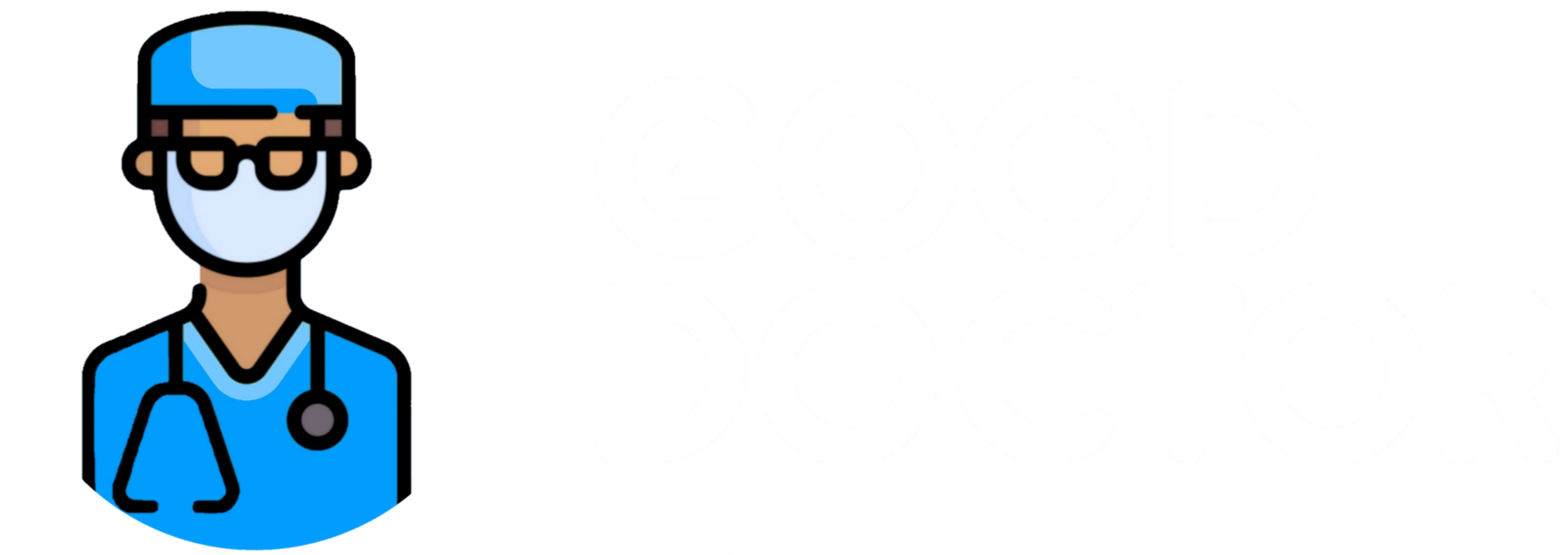How to use a stethoscope
A stethoscope is an essential tool used in medical examination to detect various medical conditions. By placing the stethoscope on specific areas of the patient’s body, the doctor can listen to the sounds of internal organs such as the heart, lungs, and intestines. This procedure helps detect disorders such as heart rhythm problems, abnormal lung sounds, or even digestive problems.
How to use a stethoscope
1- Preparation :
- The doctor should clean the stethoscope before use and ask the patient to sit in a comfortable position, and try to warm the stethoscope before placing it on the patient's body so that he is not disturbed by its coldness, and make sure that there is no background noise during use to obtain the best sound quality.
2- Wearing the headset :
- Place the earbuds in your ears. Make sure each earbud is in the correct ear (right and left).
3- Pipe modification :
- Route the tubes in a way that allows you to move easily and not get tangled or twisted.
4- Using the bra :
- Place the vest over the part to be examined (such as the heart or lungs) using the appropriate side (bell or filter).
- Press gently to make good contact with the skin.
5- Listening :
- Listen for sounds. You may hear a heartbeat, breathing sounds, or other sounds that may indicate a health condition.
- Pay attention to any changes in sound such as volume, pitch, or interruption.
6- Registration and evaluation :
- Take notes about what you hear. You may need to use this information to make a diagnosis or communicate with your health care team.
7- Cleanliness after use :
- After you are done, clean the speaker using an alcohol-soaked pad or suitable cleaner. Make sure to store it in a dry place.
What does the doctor hear with a stethoscope?
1- Listening to heart sounds :
- This test helps your doctor detect any heart rhythm disturbances such as irregular palpitations or abnormal valve sounds. These sounds can indicate problems such as rheumatic heart disease or heart failure.
2- Lung examination :
- The stethoscope is placed on the back and chest to listen to the movement of air in and out of the lungs. Abnormal sounds such as wheezing or snoring can reveal respiratory problems such as asthma or pneumonia.
3-Abdominal examination :
- This test helps identify digestive system problems such as intestinal obstruction or disturbances in bowel movements.
Diseases detected by stethoscope
The stethoscope is used to diagnose many conditions, including:
- Heart diseases : such as heart failure and heart rhythm disturbances.
- Lung diseases : such as asthma, pneumonia, and bronchitis.
- Intestinal problems : such as digestive disorders or intestinal obstruction.
The stethoscope remains a vital tool in the initial examination of diseases, and helps enhance communication between doctor and patient.
conclusion
The stethoscope can be said to be an essential tool in diagnosing a variety of diseases, and enhances the ability of doctors to provide effective health care.

